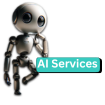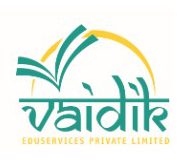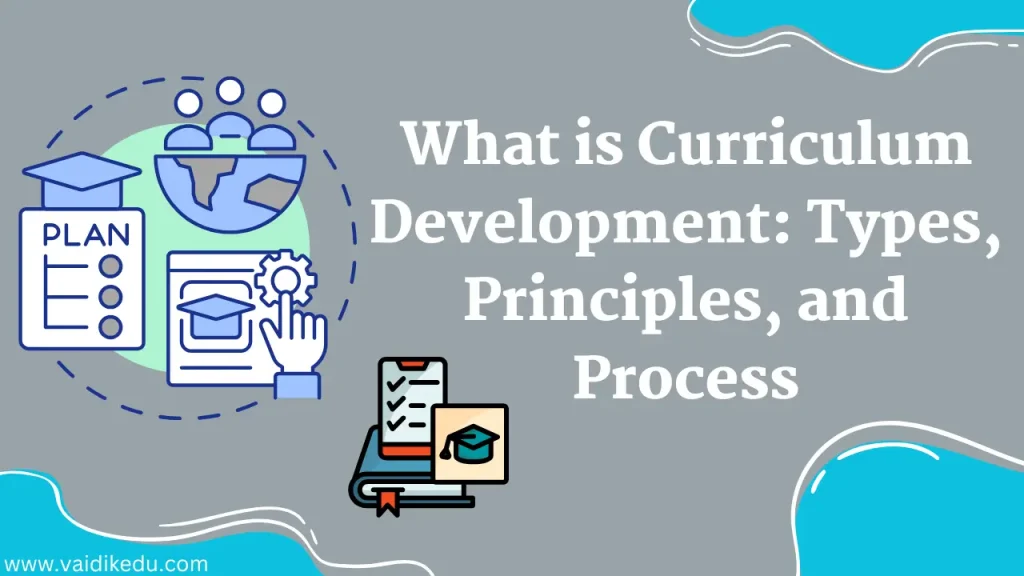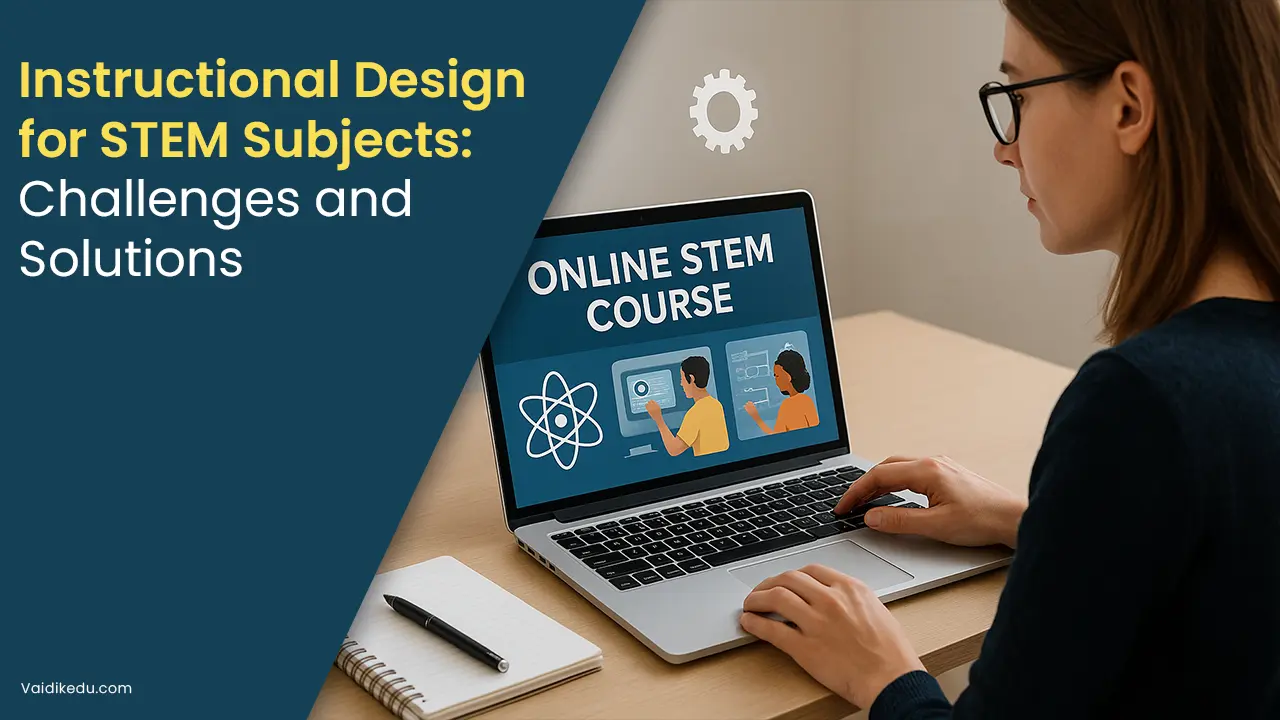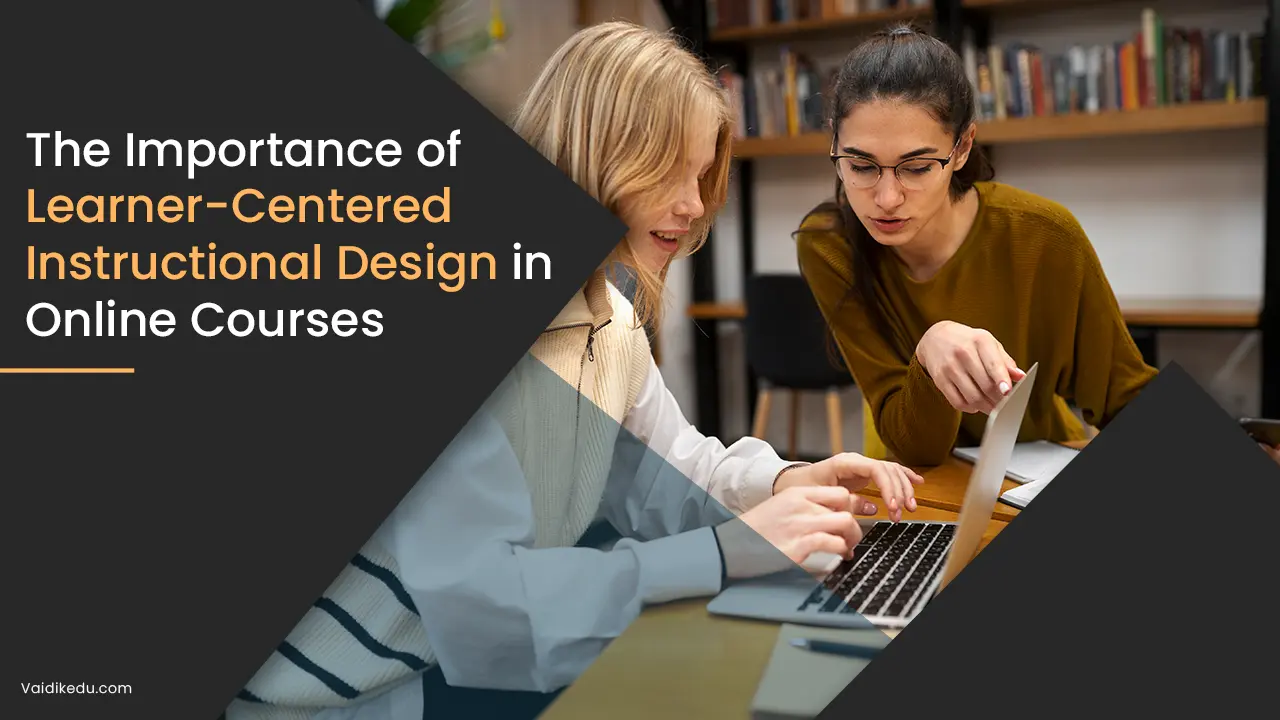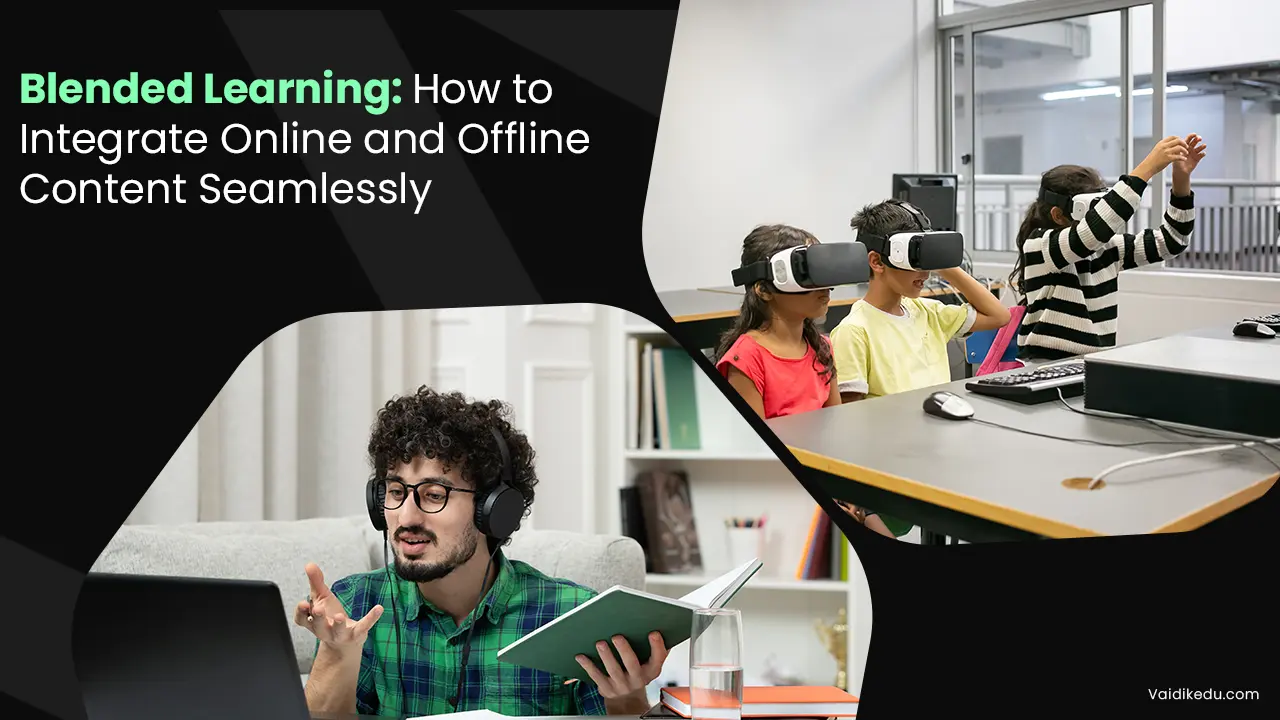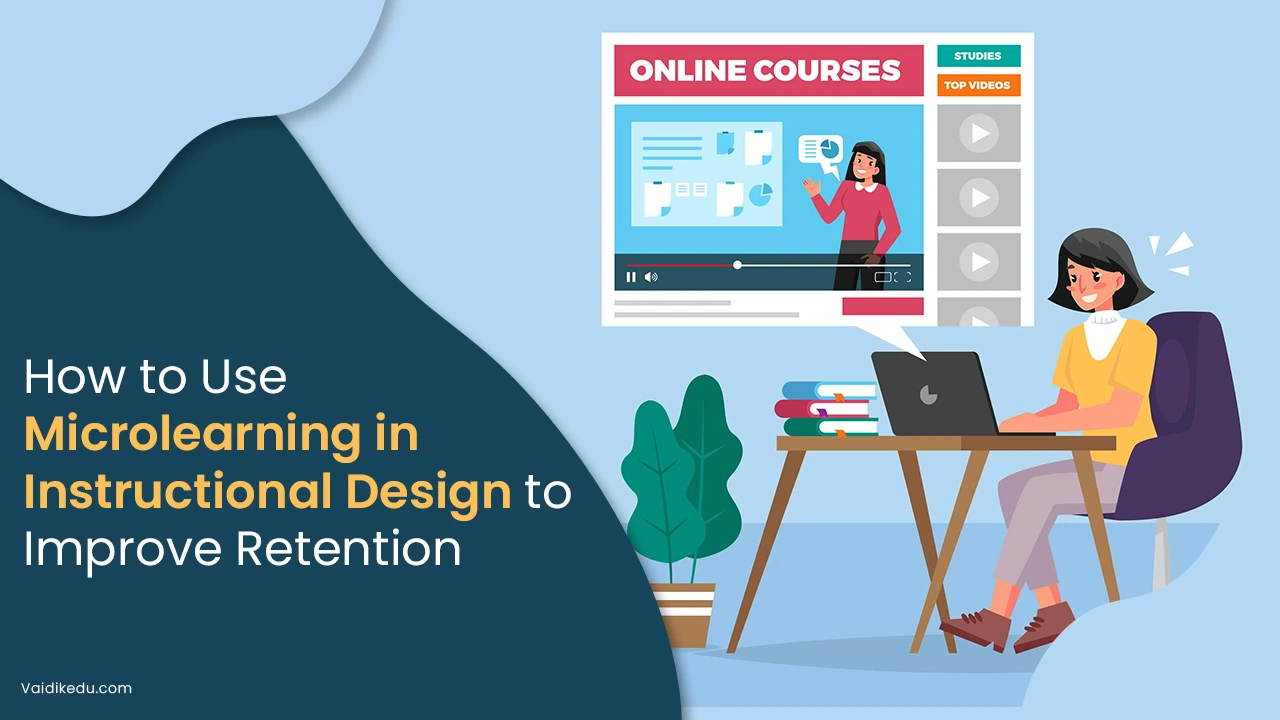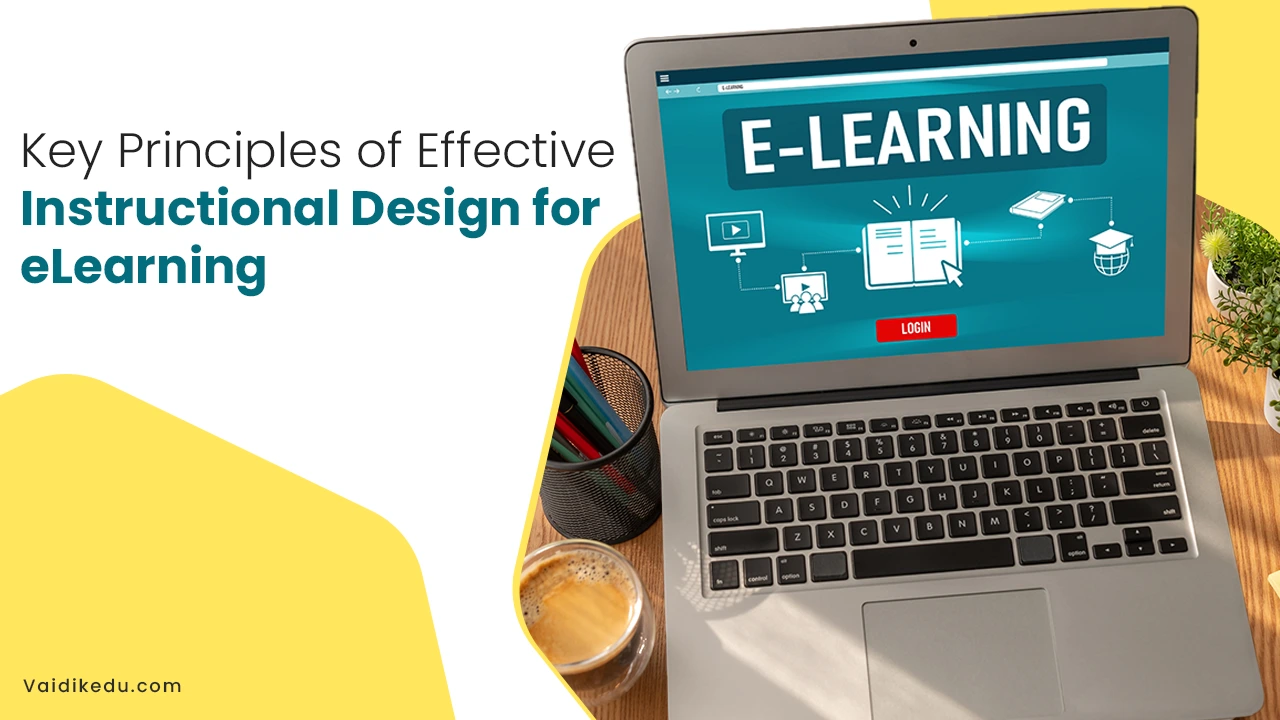Curriculum development is a fundamental aspect of education that shapes how teachers impart knowledge and skills to their students. It involves the planning, designing, and organizing of various educational content to meet educational objectives effectively and efficiently. It also entails many aspects related to education, which will be looked into in this guide.
Types of Curriculum
Developing an effective curriculum is often defined by what type of curriculum is needed. Here are the primary types of curriculum.
1.Subject-centered Curriculum
The goal of a subject-centered curriculum is to provide in-depth knowledge and skills. The best example is the curriculum that incorporates a detailed study of subjects like mathematics and science.
2. Learner-centered Curriculum
The learner-centered curriculum is designed to meet the demands of the students. This is useful to create a personalized and engaging learning experience for the students. Designing projects that allow the students to work on their interests is an ideal example of this.
3. Problem-centered Curriculum
The problem-centered curriculum encourages the students to apply their knowledge to real-world problems. A study that includes real-world case studies in medicine or engineering challenges is an example of this.
4. Integrated Curriculum
An integrated curriculum combines different subjects to create a unified learning experience. It helps to generate a comprehensive approach in regards to learning.
Core Principles of Curriculum Development
The principles of curriculum development help guide the teachers and the education system to develop the curriculum.
1. The totality of experiences
A curriculum is concerned with the total learning experience, which also includes the academic subjects that are being taught in classrooms. It should thus be developed with a focus on providing all-round development for children.
2. Child-centeredness
The responsibility of any curriculum should be towards the students, as it should engage with them and help them with their understanding of the topic and their overall development. It should go beyond bookish knowledge and focus on the needs of the students.
3. Conservation and creativity
The curriculum should be fixed and dynamic at the same time to provide learning experiences about history and cultural identity while being capable of incorporating changes in global trends.
4. Integration
The curriculum should be developed to include diverse cultures, viewpoints, etc. Students should relate the curriculum and correlate the subjects with one another.
5. Flexibility
The curriculum should be flexible as it should be inclusive of different cultures, perspectives, and backgrounds. It should also be flexible in the sense of being able to adapt according to the changes in global trends.
6. Utility
The curriculum should be useful for the development of the child. It should focus on multiple spectrums, such as cognitive, behavioral, and foundational development. It should also impart skills that are useful for the child in their adult life.
7. Character formation and mental discipline
The curriculum should aid in the development of the character of the students for the future of the human race. The development of characters and moral values is crucial for ensuring the development of a cohesive and kind society.
8. Social fulfillment
The curriculum should help the learners develop social responsibility towards society, the environment, the planet, etc. It should also help the students excel in life, which extends beyond the classroom.
Process of Curriculum Development
The development of the curriculum involved the building and improvement of courses taught in various educational facilities. The process of curriculum development is as follows:
1. Identify the needs
The development of the curriculum begins with an understanding of the target audience and their needs. The changes in the environment and new developments in many disciplines warrant a change in the alteration or necessary changes in the curriculum. The curriculum can also be changed depending on the changes or feedback of the parents or learners.
2. Build a curriculum development team
The development of the curriculum is a team job. The job requires educators, education policy experts, content creators, designers, government officials, school officials, and publishers. Each individual of the team has their own responsibilities, which are coordinated by the team manager.
3. Assess and analyze the requirements and needs
This is one of the crucial steps where the team members analyze and determine the gaps or improvements that are needed in the curriculum. It helps identify the expertise required for curriculum development and checks various aspects of curriculum design.
4. List the intended outcomes
This step involves listing out the outcomes of previous steps and often involves the documentation of new knowledge that the students should get through the curriculum.
5. Shortlist and select content
This step involves the selection of specific details that need to be added to the curriculum. It involves the creation of a detailed roadmap that helps to generate the desired outcome. The shortlisting of the content is often based on various factors such as current knowledge, skills, implications, impact on students, etc.
6. Develop teaching methods
After finalizing the content that needed to be incorporated into the curriculum, the next part is how the same can be imparted to the students. For that, various teaching methods and strategies are developed that can address the learning behaviors of the students.
7. Finalize, test, and revise the curriculum
This is the last step and involves various tests and getting feedback from stakeholders to ensure that the modified curriculum is in line with the ethos of education while being accurate and detailed.
Conclusion
Curriculum development is a dynamic process that plays a role in shaping the educational experiences of the learners. It is crucial to understand the different types of curriculum, challenges, and principles to develop and deploy a curriculum that helps to improve the student’s understanding of the topic that is being taught to them. The development of the curriculum is not a one-time task; instead, it’s an ongoing process that requires regular review and alterations.
FAQs
1. How often should the curriculum be updated?
The update of the curriculum is linked to the changes in education standards, student needs, etc. Hence, its frequency is determined by the changes and there is no definite timeline for it.
2. What are the challenges associated with curriculum development?
The most common challenges include the following:
- Changes aligning with education standards
- Balancing the needs and interests of many
- Developing and incorporating new teaching methods
Resources and time are also factors that affect curriculum development.
3. How can teachers contribute to curriculum development?
Teachers are an ideal source of feedback that can guide the development of the curriculum. They can also contribute their experiences and ensure that the curriculum stays practical, relevant, etc.
4. What are the roles of curriculum developers?
The role of a curriculum developer is to design, organize, and evaluate educational programs. They work with many to ensure that the curriculum meets their demands.

